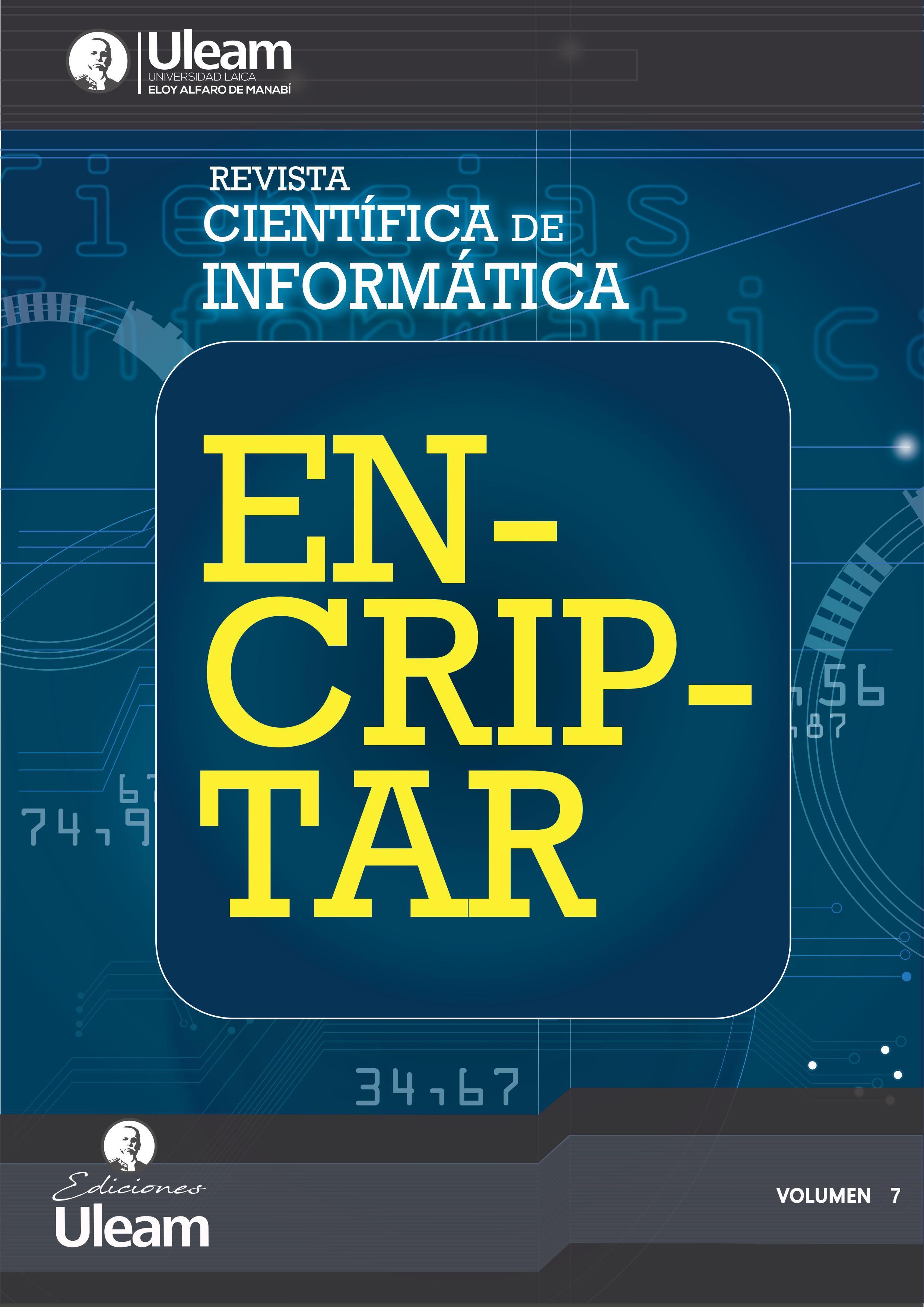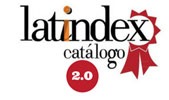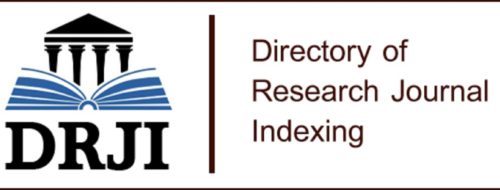Applying Principal Component Analysis to the Composition of Ruminant Feeds
DOI:
https://doi.org/10.56124/encriptar.v7i14.008Keywords:
food composition, principal component analysis, dimension reductionAbstract
The following paper presents the application of the Principal Component Analysis (PCA) method used to analyze quantitative variables for dimension reduction by decomposing the correlation matrix into its eigenvectors and eigenvalues, although other decomposition methods such as SVD (Singular Value Decomposition) can be used.
This method is applied to data relating to the nutritional composition of 150 foods or ingredients for ruminants. The composition of these foods analyzed in the laboratory forms a table of 12 variables or columns, of which 8 are quantitative variables used in the PCA analysis, which represent the main nutrients needed by ruminants, such as: percentage of Dry Matter, Dry Matter Digestibility, Crude Protein, percentage of Rumen Degradable Protein, Neutral Detergent Fiber, percentage of Fiber, Calcium, Phosphorus and Metabolic Energy. The result is a reduction in the size of the feed composition table and four main axes or components are identified as important nutrient factors that affect the quality of feed for ruminants.
Downloads
References
Bartlett, M. S. (1951). The Effect of Standardization on a chi square Approximation in Factor Analysis. Biometrika(38), 337-344.
Chibisa, G.E., & Oba. (2020), M. Nutrition and Feeding of Ruminants.1ª edición. Wageningen Academic Publishers.
Fernández, H. H. (2010). Obtenido de Sitio Argentino de Producción Animal: https://www.produccion-animal.com.ar/tablas_composicion_alimentos/46-Tabla.pdf
Géron, A. (2022). Hands-On Machine Learning with Scikit-Learn, Keras, and TensorFlow. 3ª edición. Sebastopol, CA: O'Reilly Media.
Hotelling, H. (1933). Analysis of a complex of statistical variables into principal components. Journal of Educational Psychology, 24, 417–441, and 498–520.
Moraes, L.E., & Fadel, J.G. (2020). Feed Efficiency in the Beef Industry.
ª edición. Hoboken, NJ: Wiley-Blackwell.
Pearson, K. (1901). On Lines and Planes of Closest Fit to Systems of Points in Space. Philosophical Magazine, 2(11), 559–572. doi:10.1080/14786440109462720
Rivadeneira, F. J., Figueiredo, A. M., Figueiredo, F. O., Carvajal, S. M., & Rivadeneira, R. A. (2016). Analysis of Well-Being In OECD Countries through Statis Methodology. HOLOS, 7(32), 335-351. doi:10.15628/holos.2016.5003
Published
How to Cite
Issue
Section
License
Copyright (c) 2024 Scientific Journal of Informatics ENCRYPT - ISSN: 2737-6389.

This work is licensed under a Creative Commons Attribution-NonCommercial-ShareAlike 4.0 International License.















